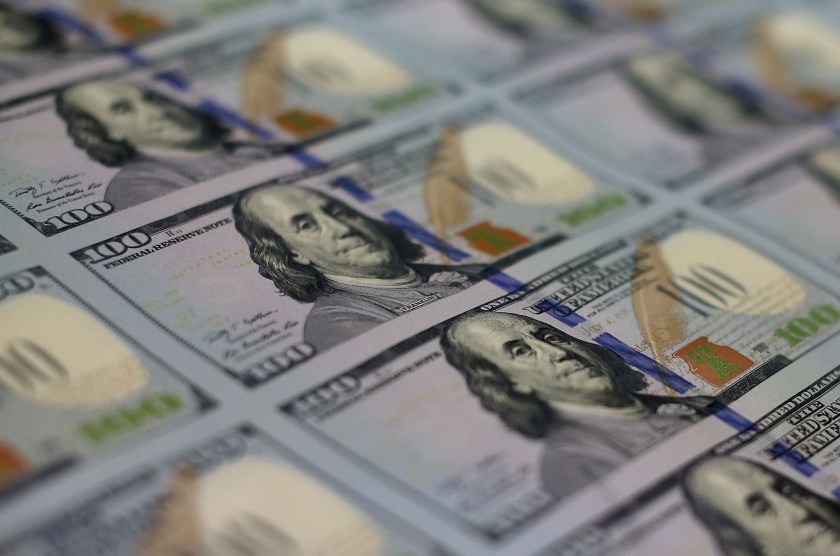
Believe it or not, copy machines will not copy money. While you might have trouble getting it to print that document you needed two days ago, you’ll most certainly have serious problems if you try to copy any denomination of U.S. currency. Or the currency of most developed nations, for that matter.
Of course, copying money is illegal. For those still determined to try it, there is a unique set of symbols that disable the copy machine from printing once its sensors have scanned them. The Eurion Constellation is a symbol comprised of circles that tip off the machine to the currency’s presence. It first appeared on the ten Euro note and has been rapidly applied to many other country’s currencies. Since the implementation of the Eurion Constellation, it’s been expanded to create a host of different anti-counterfeit measures to form what’s known as the Counterfeit Deterrence System. To learn more, watch the video below.
This article appeared in an InsideHook newsletter. Sign up for free to get more on travel, wellness, style, drinking, and culture.

